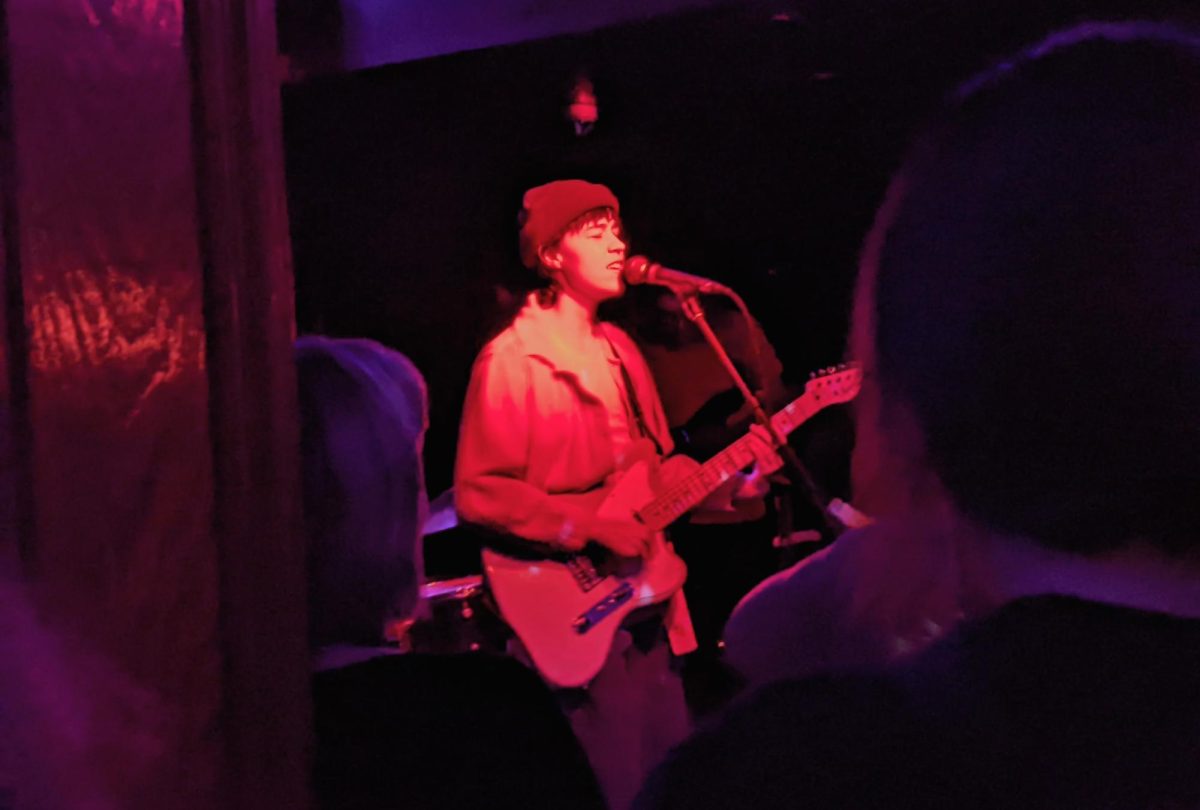Every morning you wake up to the bustling of cars outside your door and step out to a street full of people who are all hurrying to catch the bus or beat traffic. Minnesota has a rat race like anywhere else, and everyone is trying to be the big cheese.
“The Quiet Hours,” by Mike Melman, is the surprising coffee-table book that shows a side of Minnesota that you might never have seen before.
It is Minnesota at about 5 a.m., when the businesses are closed and even the gophers have gone to bed.
The attention to detail Melman brings forth in his images are incredible, from the brilliance of traffic lights at a major intersection, to a woodchip on a factory floor.
Though everything is included in his shots, Melman makes it a point to have focus. There is a discrete subject in each of his photographs. Though there are no humans in any of the photos, there are subjects nonetheless. They take on the form of bridges, stairs, windows and even chairs.
Besides having focus, Melman’s images bring a sense of security to the viewer. There is a moment of surprise when you realize the photo is not a section of New York but a major street across from your home. The photo’s style has been romanticized by the artist behind the camera through lighting and setup in such a way that the awareness of the image becomes oddly unfamiliar.
The images bring about a sense of recognition to the scenery around us.
Whether it is standing alone on a desolate winter street in northern Minnesota or sitting on an empty bus running through downtown Minneapolis, the familiarity and yet unfamiliarity has an out-of-body enchantment about it.
Something amazing about the images is that they are descriptive and full of detail, yet vague in that they take on characteristics seen in all cities.
Major bridges, streets and buildings are similar to the ones in other towns, but each image has a touch of Minnesota embedded within the underlying layers of the photo.
Take, for instance, the railroad bridge that stands above Washington Avenue. The image that represents the bridge is nothing like how it looked more than 10 years ago, but the simple touch of the well-known base of the bridge strikes an emotion somewhere deep inside.
The contrast between what is viewed now and what is set in memory is sharp and forces the viewer to question his or her own preconceptions.
But after delving deeper into the images and analyzing them to the point of no return, there is something that must be mentioned about the photographs. They take a static image and set up a system of harmonic beats within your head.
The loneliness each picture presents to the audience does not go without a ray of light, which sets a musical harmony that plays over and over throughout each image. It is the slow orchestral music that soundtracks the emotional ride of insomnia.
“The Quiet Hour” reminds us all that if you listen real hard, you can hear the silence of the Minnesota nights.







